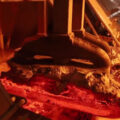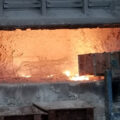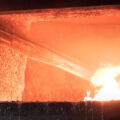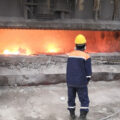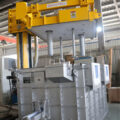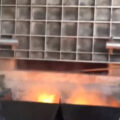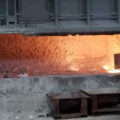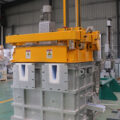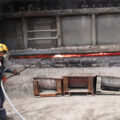The process of removing hydrogen from molten aluminum first takes place inside the melt. The hydrogen atoms dissolved in molten aluminum undergo migration to the periphery of the bubbles of the purifying agent (Ar or N2, etc.). At the periphery of the bubble, it is adsorbed and formed into hydrogen molecules to enter the bubble. Finally, the bubble floats upwards and escapes the kinetic process of aluminum liquid. This is a process in which hydrogen diffuses in the liquid phase and is adsorbed by bubbles. The hydrogen removal rate equation of molten aluminum reflects the hydrogen removal efficiency of molten aluminum from the perspective of hydrogen removal kinetics.
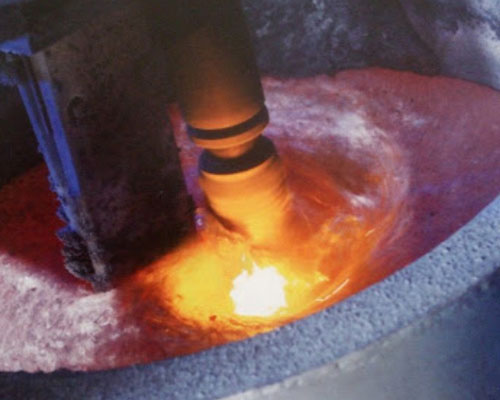
In order to maximize the hydrogen removal kinetics conditions and increase the internal hydrogen removal efficiency of molten aluminum, the following five requirements must be met as much as possible at the same time.
The large number of bubbles means that sufficient gas flow must be supplied. Gas flow is usually the main factor affecting the hydrogen removal effect of bubble floatation. Under the same conditions, the larger the gas flow, the larger the specific surface area of gas-liquid contact.
The bubble diameter is small. Under the same air supply flow, if the bubble size is small, the number of bubbles will naturally increase, thus effectively increasing the specific surface area of gas-liquid contact. Theoretical calculations show that the increase in the total surface area of the bubble is inversely proportional to the size of the bubble diameter. At the same time, reducing the bubble diameter will help increase the mass transfer coefficient.
The bubbles are evenly distributed in the aluminum molten pool. This can effectively reduce the diffusion distance of hydrogen dissolved in molten aluminum to bubbles. This point must not be underestimated, because the diffusion of hydrogen in the liquid phase is often a restrictive link in the above-mentioned kinetic process of hydrogen removal. The uniform distribution of bubbles is equivalent to strengthening the diffusion process or mass transfer capacity.
The bubbles move at a high speed in the molten aluminum. This increases the agitation speed inside the molten aluminum, strengthens the renewal of the gas-liquid interface, and improves the mass transfer capacity in the liquid phase.
The bubbles have enough residence time in the molten aluminum. In this way, the hydrogen-carrying potential of the bubbles can be fully utilized, which is equivalent to increasing the dehydrogenation time of the bubbles. At the same time, people have increasingly realized that during the purification process of molten aluminum, hydrogen absorption may occur on the surface of the molten aluminum while removing hydrogen inside the molten aluminum.

